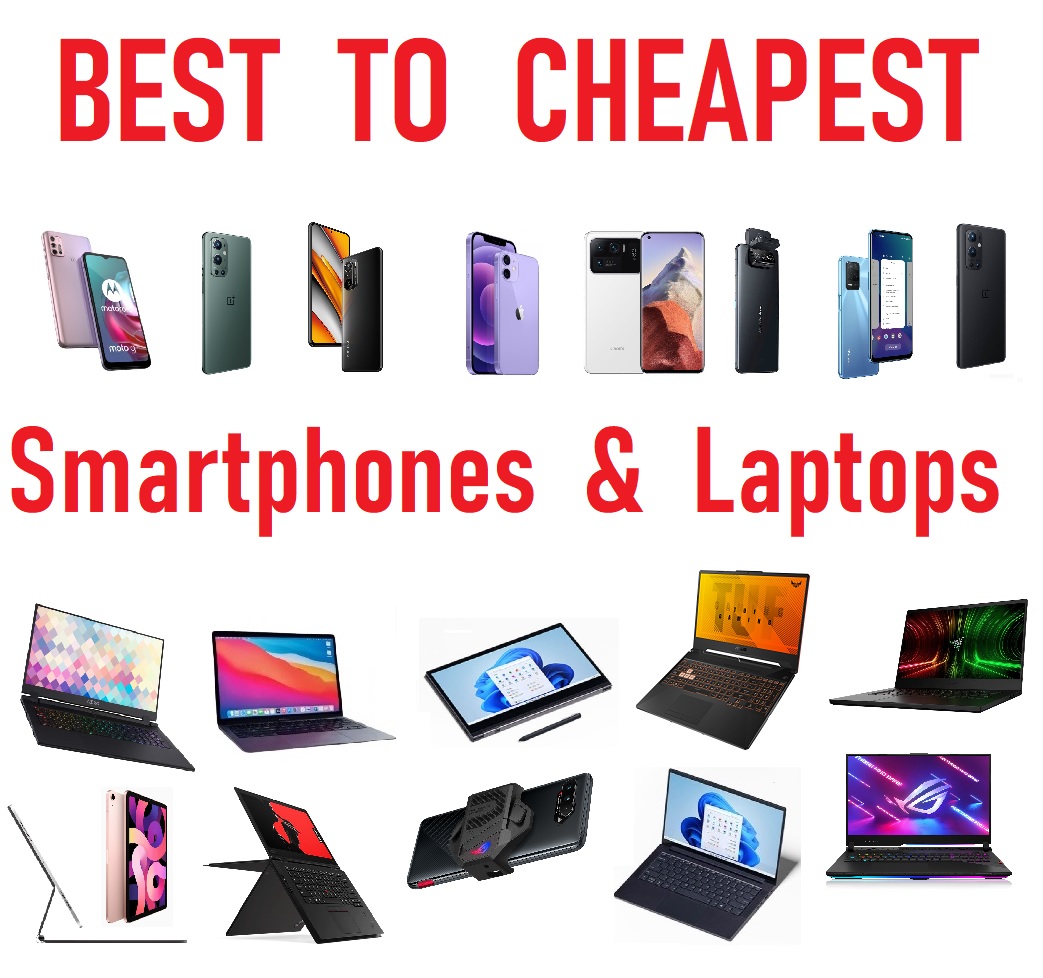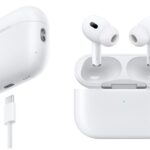
Smartphones have come a long way from their humble beginnings. Today, they are powerful tools with impressive RAM and storage capacities that rival even some PCs. Let’s explore how smartphones are evolving, how they impact the way we work, and what you need to know about using them effectively in various professional settings.
The Evolution of Smartphone RAM and Storage
Early Days vs. Now
In the early 2000s, smartphones had modest amounts of RAM and storage. Today, high-end smartphones boast up to 16 GB of RAM and 1 TB of storage. This evolution reflects the increasing demand for multitasking and handling large files, both of which are crucial for modern applications and workflows.
RAM in Smartphones
- Past: Early smartphones had 256 MB to 1 GB of RAM, which limited their ability to run multiple apps smoothly.
- Present: Newer models now offer between 6 GB and 16 GB of RAM. This significant increase means you can run more apps simultaneously and handle more demanding tasks, like video editing or running multiple browser tabs, without slowdowns.
Storage in Smartphones
- Past: Storage used to be around 4 GB to 16 GB, which quickly filled up with apps and media.
- Present: Modern smartphones offer 128 GB to 1 TB of internal storage. With this much space, you can store thousands of photos, hours of video, and numerous apps without constantly worrying about running out of space.
How Smartphones Are Changing the Way We Work
Smartphones have transformed our work lives in several ways:
1. Increased Mobility
With smartphones, you can work from almost anywhere. Need to send a quick email or review a document while on the go? Your phone makes it possible.
2. Enhanced Communication
Smartphones facilitate various forms of communication, including email, instant messaging, and video calls, allowing for seamless interaction with colleagues and clients from anywhere.
3. Productivity Apps
From calendar management to project tracking, smartphones offer a range of productivity apps. Tools like Microsoft Office and Google Workspace make it easy to stay productive even without a computer.
Using Smartphones for Presentation Remote Control
Turning your smartphone into a remote control for presentations can be incredibly handy. Here’s how:
Apps to Use
- Microsoft PowerPoint Remote: Allows you to control slides and see presenter notes.
- Google Slides Remote: Similar functionality for Google’s presentation software.
Benefits
- Convenience: No need to carry multiple devices; use your phone as a remote and a presentation tool.
- Flexibility: Easily move around the room and interact with your audience.
Best Smartphone File Management Apps
Managing files on your smartphone is crucial for efficiency. Here are some top apps:
1. Google Files
- Pros: Simple, clean interface with features for file organization, cleaning up space, and sharing files.
- Cons: Limited to Google services for full functionality.
2. File Manager by Xiaomi
- Pros: Offers extensive features for file management, including local and cloud storage options.
- Cons: May be overwhelming for users who need basic file management.
3. ES File Explorer
- Pros: Robust feature set with support for cloud storage, file sharing, and task management.
- Cons: Ads can be intrusive in the free version.
How to Optimize Smartphones for Professional Use
Optimizing your smartphone for work involves several steps:
1. Organize Your Apps
Group similar apps into folders and prioritize the ones you use most. This makes navigation easier and improves efficiency.
2. Use Productivity Apps
Install apps that enhance productivity, such as task managers (Todoist), note-taking apps (Evernote), and document editors (Microsoft Office).
3. Enable Security Features
Ensure your phone has strong security measures in place, such as biometric authentication, encryption, and regular software updates.
Mobile Data Management: Best Practices
Managing data on your smartphone helps keep things running smoothly and efficiently:
1. Regular Backups
Use cloud services to back up your data regularly. This protects against data loss and makes restoring information easy.
2. Monitor Data Usage
Keep an eye on your data usage to avoid unexpected charges. Many smartphones offer built-in tools to track and manage your data consumption.
3. Clean Up Regularly
Periodically delete unused apps and files to free up storage space and maintain your phone’s performance.
The Impact of Smartphone Cameras on Traditional Photography
Smartphone cameras have significantly impacted traditional photography:
Advantages
- Accessibility: Smartphones make photography accessible to everyone, allowing for spontaneous and casual photo-taking.
- Convenience: With advanced features like multiple lenses and AI enhancements, smartphone cameras offer high-quality photos without needing professional equipment.
Challenges
- Quality: While smartphone cameras are impressive, they can’t fully replace the quality and flexibility of dedicated cameras, especially for professional work.
Pros and Cons of Wireless Displays for Phones
Wireless displays allow you to project your smartphone’s screen onto larger monitors or TVs:
Pros
- Convenience: No need for cables, which can make presentations and media sharing easier.
- Flexibility: Allows for more versatile display options in various settings.
Cons
- Latency: Wireless connections can sometimes introduce lag, which may be noticeable during presentations or gaming.
- Compatibility: Not all devices and displays support wireless connections, which may limit functionality.
Smartphone Adaptability for Various Professions
Smartphones are versatile tools for many professions:
1. Sales Professionals
- Features: CRM apps, email, and communication tools help manage client relationships and track sales.
2. Healthcare Workers
- Features: Medical apps, scheduling tools, and telemedicine services enhance patient care and streamline workflows.
3. Creatives
- Features: Photography and video editing apps, as well as design tools, support creative projects on the go.
How Smartphones Can Be Used as Point-of-Sale Devices
Smartphones can also serve as point-of-sale (POS) devices:
Apps to Consider
- Square: Provides a card reader and app for processing payments.
- PayPal Here: Allows you to accept payments via card reader or mobile payments.
Benefits
- Portability: Enables sales transactions anywhere, which is particularly useful for mobile businesses and events.
- Ease of Use: Simple setup and integration with other financial tools.
Emerging Trends in Smartphone Usage for Business
Here are some trends shaping the future of smartphone use in business:
1. 5G Connectivity
- Impact: Faster internet speeds and improved connectivity enhance mobile business operations, from data transfer to real-time communication.
2. AI and Machine Learning
- Impact: AI-powered apps are improving productivity and decision-making, offering advanced features like predictive text and smart recommendations.
3. Foldable Phones
- Impact: Providing larger screens in a compact form, foldable phones could replace tablets and offer new ways to interact with business apps.
Best Smartphones for Students in 2024
For students, the right smartphone can make a big difference. Here are some top choices for 2024:
1. Apple iPhone 15
- Pros: Great ecosystem, reliable performance, and excellent camera system.
- Cons: Higher price.
2. Samsung Galaxy A54
- Pros: Good performance, large screen, and affordable.
- Cons: Mid-range performance might not suit power users.
3. Google Pixel 8
- Pros: Clean Android experience, excellent camera, and strong AI features.
- Cons: Limited hardware options compared to other brands.
How Smartphones Are Replacing Tablets in Schools
Smartphones are increasingly replacing tablets in educational settings:
Advantages
- Portability: Smaller and more convenient for carrying between classes.
- Cost-Effective: Typically less expensive than tablets, making them a budget-friendly option for schools.
Limitations
- Screen Size: Smaller screens may not be ideal for all educational activities that benefit from larger displays.
Smartphones for Digital Content Creation
Smartphones are powerful tools for creating digital content:
1. Photography
- Features: High-resolution cameras and editing apps make smartphones great for capturing and editing photos.
2. Video Production
- Features: Advanced video recording capabilities and apps for editing and effects allow for professional-quality video production on the go.
PC Alternatives for Mobile-First Workers
For those who prefer mobile-first work solutions, consider these PC alternatives:
1. High-End Tablets
- Features: With powerful processors and productivity apps, tablets can serve as a portable alternative to PCs.
2. Foldable Phones
- Features: Offering a larger screen in a compact form, foldable phones are a versatile option for those needing a balance between a phone and a tablet.
3. Convertible Laptops
- Features: These devices can switch between laptop and tablet modes, providing flexibility for different work scenarios.
In summary, smartphones have evolved dramatically and now offer robust features that can meet many professional needs. From their impressive RAM and storage capabilities to their role in digital content creation and business management, smartphones are becoming indispensable tools for modern work and life.













